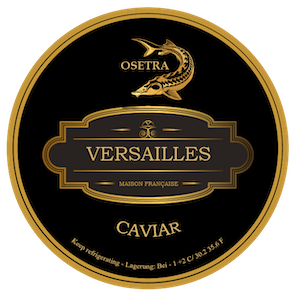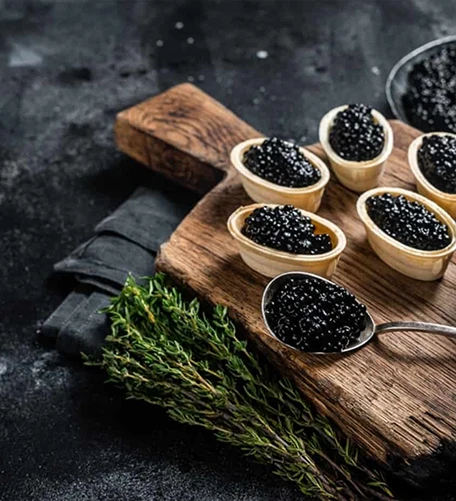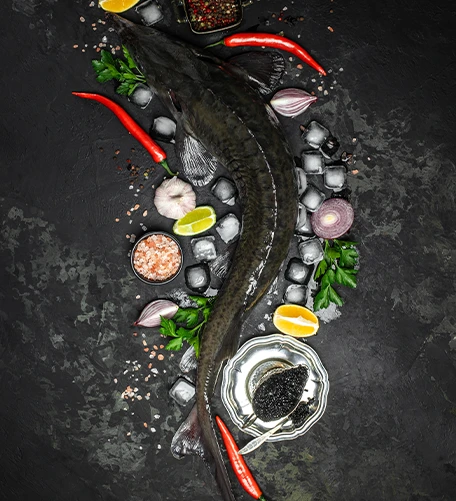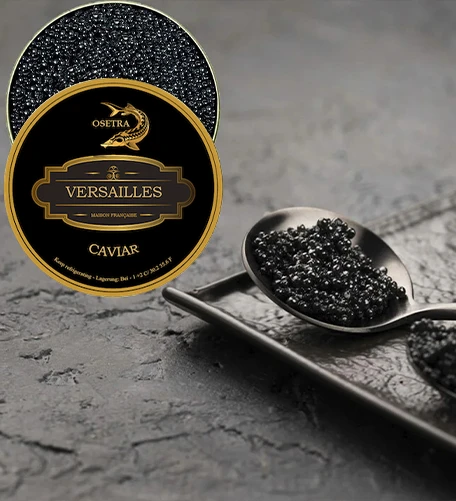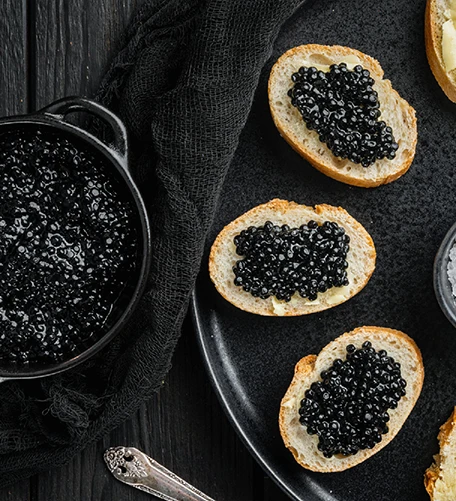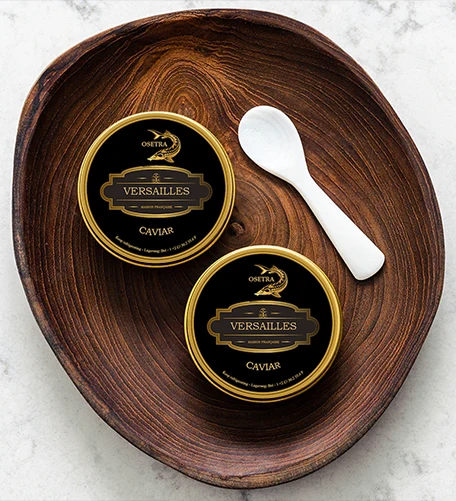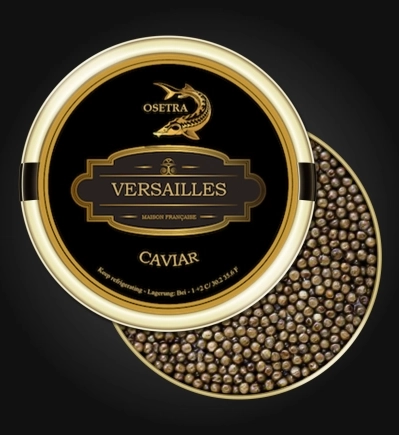Kalix Municipality, located in Norrbotten County, Sweden, boasts a rich fishing heritage that has significantly influenced its cultural and economic landscape over the centuries. Nestled along the Gulf of Bothnia, this region's unique environmental conditions have fostered a diverse and abundant aquatic ecosystem, making fishing a cornerstone of local life.
Early Fishing Practices and Economic Significance
Historical records indicate that as early as the 11th century, the Kalix area was recognized for its valuable natural resources, including fish from its rivers and the surrounding sea. These resources attracted traders from southern regions, who journeyed northward to procure fish, seal products, and other goods. By the 18th century, each village within Kalix had designated fishing zones along the river, primarily targeting species like salmon and common whitefish. Coastal communities focused on catching common bleak and herring. The harvested fish were not only vital for local sustenance but also served as significant trade commodities, with products such as seal blubber and tar being transported to southern markets.
Cultural Importance and Traditional Knowledge
Fishing has been deeply embedded in the cultural identity of Kalix's inhabitants. The practice provided more than just economic benefits; it offered a profound sense of freedom, joy, and connection to nature. Generations of fishers have passed down intricate knowledge of the local marine environment, including optimal fishing periods, locations, and techniques. This traditional knowledge has been crucial for sustainable fishing practices and community cohesion.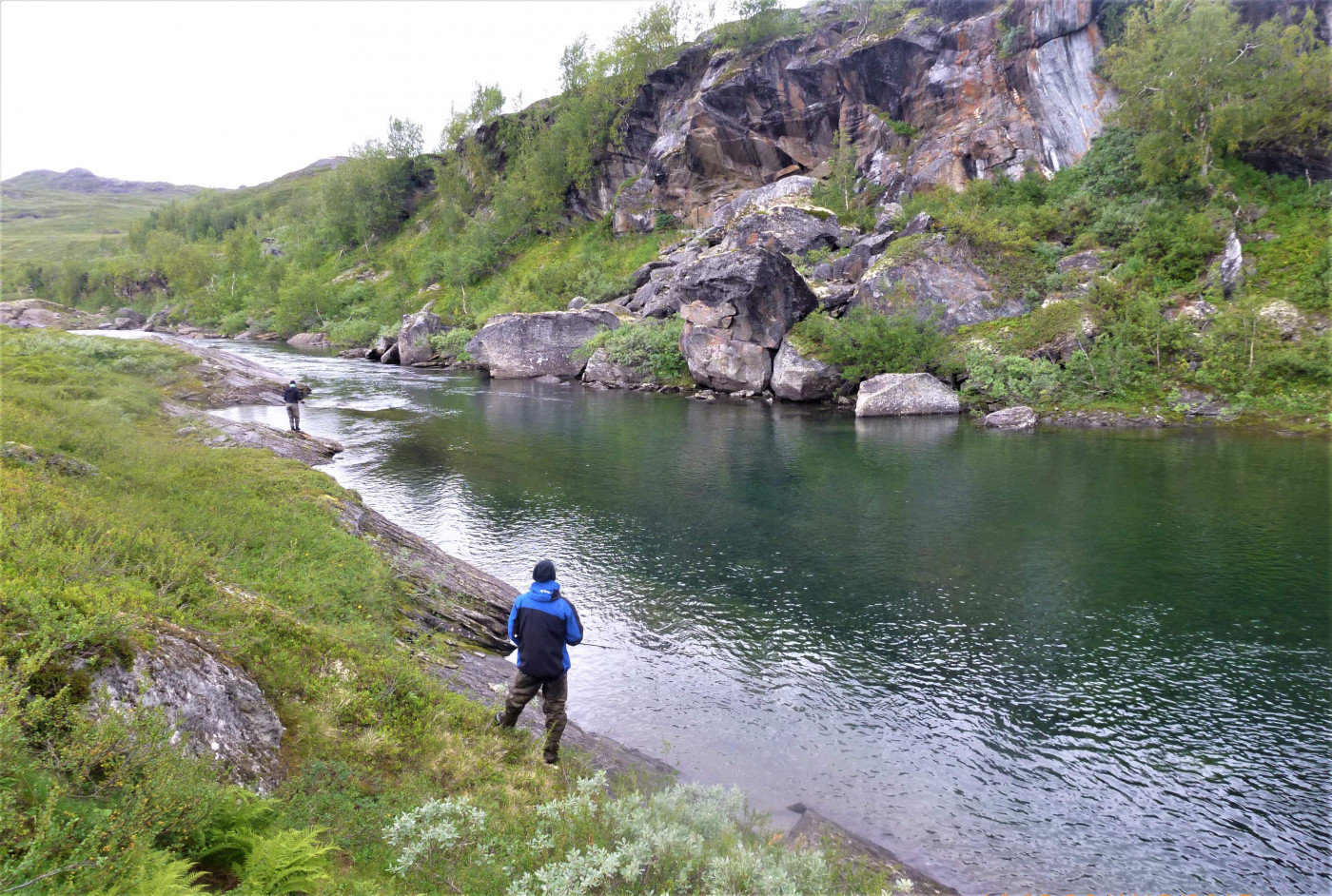
Kalix Löjrom: The "Caviar of Kalix"
One of the most renowned products from the region is Kalix Löjrom, often referred to as the "Caviar of Kalix." This delicacy consists of the roe of vendace (Coregonus albula), a small salmonid fish native to the brackish waters of the Bothnian Bay. The unique environmental conditions, characterized by the influx of fresh water from large rivers, impart a distinctive flavor and color to the roe, setting it apart from similar products elsewhere. In recognition of its unique qualities and regional significance, Kalix Löjrom was granted Protected Designation of Origin (PDO) status by the European Union in 2010. This esteemed delicacy has been featured at prestigious events, including Nobel Prize banquets.
Environmental Challenges and Conservation Efforts
The fishing communities of Kalix have faced several challenges over the years. In the 1960s, industrial pollutants like PCBs and DDT led to a sharp decline in seal populations, disrupting the ecological balance. Although seal hunting was banned in 1974, leading to a gradual recovery of seal numbers, the resurgence has posed new challenges for fishers, as increasing seal populations have impacted fish stocks and fishing practices.
Additionally, regulatory changes have affected traditional fishing activities. In 2006, Swedish law prohibited fishing in waters less than three meters deep during specific periods to protect sea trout populations. This regulation limited access to traditional fishing areas during prime seasons, affecting local livelihoods. Further, a 2009 European Union law mandated that only holders of professional fishing licenses could sell fish and fish products, complicating the sale of surplus catch by local fishers.
In response to these challenges, local communities have organized to preserve their fishing heritage. Associations like Kustringen (the Coastal Ring) have been established to document traditional knowledge and engage in dialogues with authorities, aiming for co-management of fisheries to sustain their biocultural heritage.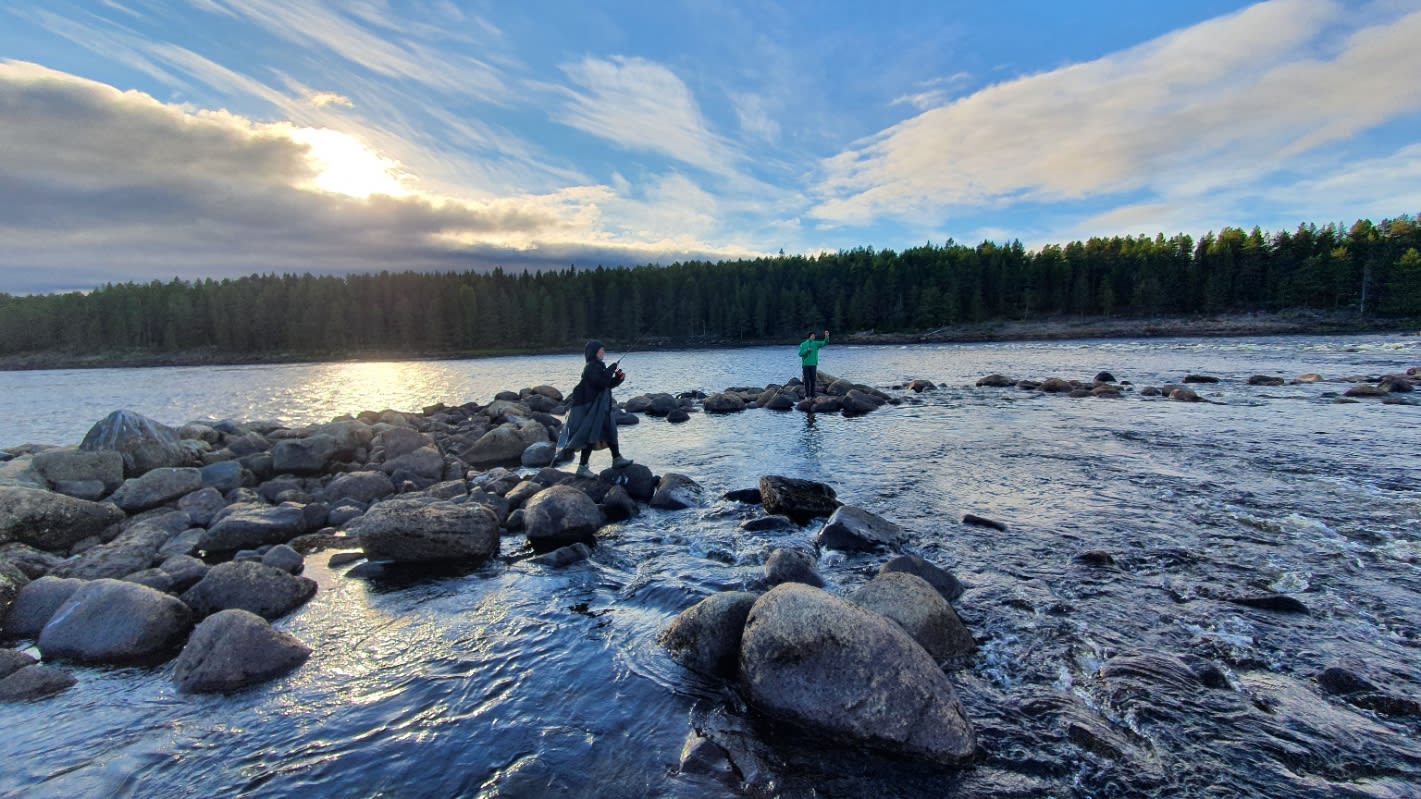
Modern Recognition and Sustainable Practices
The commitment to sustainable fishing practices in Kalix has garnered international recognition. In 2015, the vendace fishery in the Gulf of Bothnia achieved Marine Stewardship Council (MSC) certification, acknowledging the sustainable methods employed by local fishers. This certification ensures that the prized Kalix Löjrom continues to be harvested responsibly, securing its availability for future generations.
Fishing in Kalix Municipality is more than an economic activity; it is a vital thread woven into the cultural and historical fabric of the region. From early trade practices to the esteemed Kalix Löjrom, the legacy of fishing continues to shape the identity of Kalix. Despite modern challenges, the resilience and adaptability of its fishing communities ensure that this rich heritage remains a cornerstone of local life.
